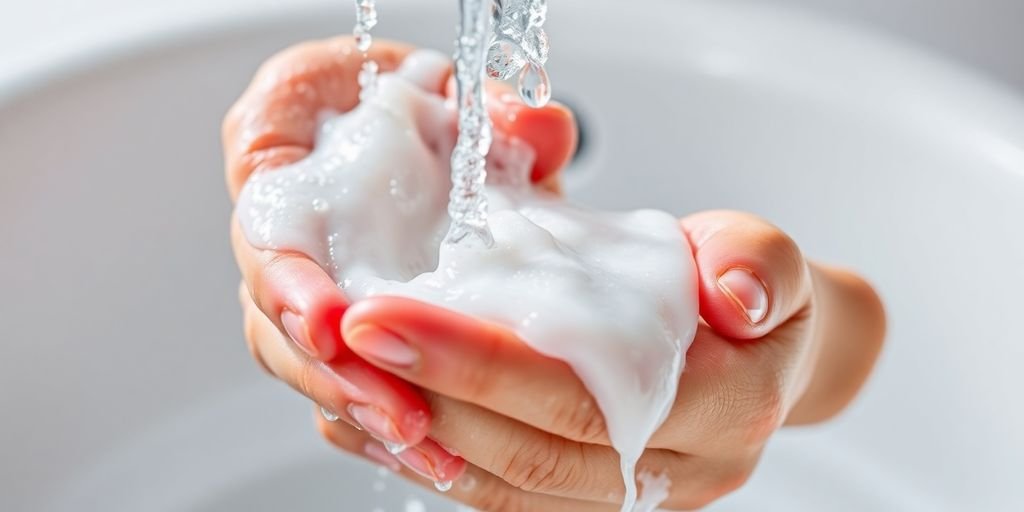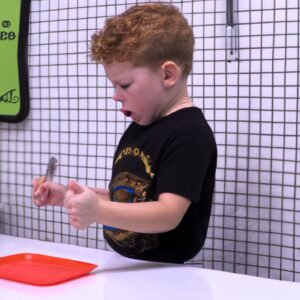Hand washing is one of those things we all know we should do, but sometimes it’s hard to make it a habit, especially for kids. They get distracted, or just don’t see the point. But turning it into a fun activity can make all the difference. Whether it’s through catchy songs, interactive games, or even experiments, there are plenty of ways to make hand washing an engaging and educational experience. And it’s not just for kids—teachers, healthcare professionals, and community leaders can all play a role in promoting good hand hygiene.
Key Takeaways
- Make hand washing fun with songs and games to keep kids interested.
- Teach proper techniques using simple methods like the FROG method.
- Incorporate hand hygiene into school curriculums with group activities.
- Healthcare settings can benefit from educational campaigns about hand hygiene.
- Special needs individuals may require adapted hand washing techniques.
Creative Hand Washing Activities for Kids

Hand washing is a crucial habit, but for kids, it doesn’t have to be a chore. Making it fun can turn a mundane task into an exciting learning experience. Here are some creative activities that can engage children in hand hygiene while teaching them its importance.
Engaging Songs and Rhymes
Songs and rhymes can make hand washing a lot more enjoyable for kids. Singing while scrubbing not only keeps them entertained but also ensures they wash their hands for the recommended 20 seconds. Try using popular tunes like “Twinkle, Twinkle, Little Star” or create your own catchy rhymes. This method can help children remember the steps of hand washing and make the process feel like a fun game.
Interactive Games and Puzzles
Turning hand washing into a game can be highly effective. Consider creating puzzles or challenges that involve identifying germs or solving hand hygiene riddles. For instance, you could play a “germ hunt” where kids have to “find” and wash away imaginary germs. Another idea is to use a “spot the difference” puzzle where the images show proper and improper hand washing techniques.
Sensory Play with Soap and Water
Sensory activities can be a wonderful way to engage children in hand washing. Fill a bin with soapy water and let kids explore how the soap interacts with water. You can also introduce items like latex gloves filled with water or ice to add a tactile element. This not only makes hand washing fun but also helps children understand the concept of cleanliness through sensory exploration.
Making hand washing an interactive and enjoyable activity can significantly improve children’s hygiene habits. When kids associate washing their hands with fun and creativity, they’re more likely to stick with it and develop lifelong healthy habits.
By incorporating these hand washing activities, educators and parents can teach kids the importance of good hygiene while keeping them entertained and engaged.
Teaching Proper Hand Washing Techniques

The FROG Method Explained
The FROG method stands for Friction Rubs Out Germs, and it’s a catchy way to remember proper handwashing. This technique emphasizes the importance of rubbing hands together to effectively remove germs. Here’s how it works:
- Wet your hands with clean, running water.
- Apply soap and lather by rubbing your hands together.
- Scrub all surfaces of your hands, including the backs, between your fingers, and under your nails, for at least 20 seconds.
- Rinse your hands well under running water.
- Dry your hands using a clean towel or air dry them.
The FROG method encourages consistency and fun, making handwashing a memorable routine for everyone.
Using Visual Aids and Stories
Visual aids and stories can make learning handwashing techniques more engaging, especially for kids. Consider creating a story about germs and the “heroic” soap that fights them. Use colorful posters that outline each step of the handwashing process. Visual schedules can also be helpful, particularly for children who benefit from structured routines. These tools not only teach but also remind individuals of the importance of maintaining good hand hygiene.
Role-Playing Scenarios
Role-playing can be a powerful tool in teaching handwashing. Create scenarios where kids pretend to be doctors, chefs, or any role that requires clean hands. Encourage them to act out the steps of handwashing as part of their role. This method not only makes learning fun but also reinforces the five essential steps of proper hand washing in a practical way. Role-playing helps solidify these habits by associating them with real-world applications.
Hand Washing Activities in Schools

Teaching kids proper hand hygiene in schools isn’t just about telling them to wash their hands. It’s about making the process engaging and memorable. Integrating hand washing activities into school routines can significantly improve students’ hygiene habits. Let’s explore some effective strategies.
Incorporating Hygiene into the Curriculum
- Lesson Plans: Develop lesson plans that incorporate hand washing as part of health or science curricula. Use books, videos, and interactive activities to teach children about germs and the importance of washing them away.
- Science Experiments: Conduct simple experiments, like using glitter to simulate germs, to show how germs spread and why washing hands is crucial.
- Storytelling: Use stories or cartoons that feature characters practicing good hygiene to make the concept relatable and fun.
Group Activities and Challenges
- Hand Washing Races: Organize friendly competitions where kids race to wash their hands properly. This not only makes the activity fun but also reinforces the correct technique.
- Germ Counting Games: Use games where children count “germs” on a chart every time they wash their hands. This visual representation can motivate them to wash more frequently.
- Peer Teaching: Encourage older students to teach younger ones about hand hygiene, fostering a sense of responsibility and leadership.
Using Technology to Teach Hygiene
- Interactive Apps: Introduce apps that guide kids through the steps of hand washing with fun animations and songs.
- Digital Reminders: Set up digital reminders or alarms in classrooms to prompt students to wash their hands at regular intervals.
- Virtual Reality: Utilize VR experiences that simulate germ spread and the effects of hand washing, offering an immersive learning experience.
In schools, creating an environment where hand hygiene is a regular, fun, and educational part of the day helps instill lifelong healthy habits in children. It’s not just about keeping hands clean; it’s about cultivating a culture of health and wellness.
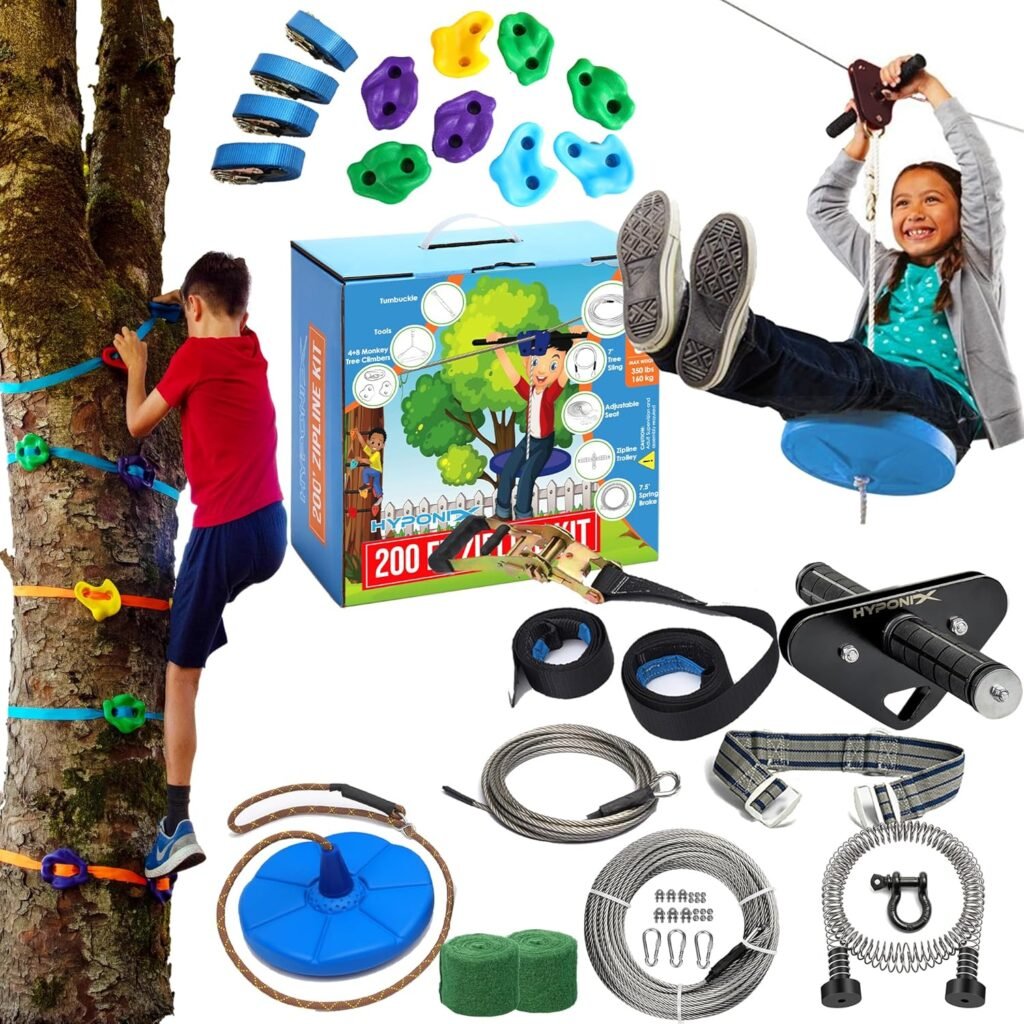
Promoting Hand Hygiene in Healthcare Settings
Educational Campaigns and Resources
In healthcare settings, spreading awareness about hand hygiene is crucial. Educational campaigns can play a pivotal role in this. Using resources like posters and flyers helps to remind healthcare workers and patients about the importance of washing hands. For instance, you can use the CDC’s Project Firstline resources that include short videos on infection prevention. These materials are great for educating staff about the number of surfaces they touch daily and the potential for germ transmission.
Proper Use of Gloves and Sanitizers
Gloves and hand sanitizers are essential tools in healthcare, but they must be used correctly. It’s important to know that sanitizers are not effective against all germs. For example, when dealing with C. diff, a spore-forming organism, washing with soap and water is necessary. Here’s a simple guideline:
- Use gloves when in contact with bodily fluids.
- Opt for soap and water when hands are visibly dirty.
- Remember, sanitizers are not a substitute for washing hands in every situation.
Addressing Common Misconceptions
Many people believe that using gloves or sanitizers is enough to keep hands clean. However, this isn’t always true. Educating healthcare workers about situations where handwashing is preferred over sanitizers can help reduce the spread of infections. A common misconception is that gloves alone are sufficient; in reality, they can still carry germs if not changed frequently.
Hand hygiene is not just about keeping hands clean; it’s about breaking the chain of infection. Effective handwashing can significantly reduce the spread of diseases in healthcare settings.
Fun and Educational Hand Washing Experiments
Pepper and Soap Experiment
This experiment is a classic and super easy to set up. All you need is a shallow dish, some water, pepper, and soap. Sprinkle the pepper over the water to represent germs. When kids dip their fingers into the water, the pepper sticks to them. But here’s the magic: once they wash their fingers with soap and try again, the pepper scatters away! It’s a neat way to show how soap helps remove germs.
Germ Simulation with Paint
For a more colorful approach, try using washable paint to simulate germs. Have kids coat their hands with the paint and then attempt to wash it off. This activity highlights the importance of scrubbing all parts of the hands. You can even make it a game to see who can remove the most ‘germs’ in a set time.
DIY Hand Washing Stations
Create a DIY hand washing station using simple materials. This could include a water container with a tap, soap, and a towel. Kids can decorate their stations, which makes them more engaged in the process.
Building a hand washing station encourages responsibility and understanding of hygiene. It’s a practical project that combines creativity with learning.
These activities not only educate but also make learning about hygiene fun and memorable. Try incorporating these experiments at home or in the classroom to reinforce the importance of hand washing in a playful way.
Hand Washing Activities for Special Needs
Adapting Techniques for Different Abilities
When it comes to teaching hand washing to kids with special needs, a one-size-fits-all method just doesn’t cut it. Adapting techniques to fit individual abilities is key. For instance, some children might benefit from using a visual schedule that breaks down each step of hand washing into simple, easy-to-follow images. Others might need a more tactile experience, like using a textured soap bar to make the process more engaging. Here are a few ways to adapt:
- Use color-coded cues for hot and cold water taps to help children who struggle with temperature settings.
- Introduce sensory experiences, like scented soaps, to make the activity more enjoyable.
- Create a step-by-step hand washing song that children can sing along to, reinforcing the sequence of actions.
Using Visual Schedules and Timers
Visual schedules can be a game changer for kids who thrive on routine and clear instructions. By providing a sequence of pictures showing each step of the hand washing process, children can follow along at their own pace. Pair this with a timer to help them understand how long to spend on each step. This method not only supports independence but also builds confidence in their ability to complete the task. Consider these tips:
- Use waterproof visual aids that can be placed near sinks for easy access.
- Incorporate a timer that signals when to switch to the next step or when the task is complete.
- Encourage children to participate in creating their own visual schedules to increase engagement.
Incorporating Occupational Therapy
Incorporating elements of occupational therapy into hand washing routines can enhance learning and participation. Occupational therapists often recommend activities that improve fine motor skills and hand-eye coordination, which are crucial for effective hand washing. Here are some ideas:
- Practice squeezing and releasing a sponge to build hand strength.
- Use hand exercises that mimic the motions of washing hands, like squeezing a stress ball.
- Engage in activities that require precision, such as threading beads, to improve dexterity.
Hand washing might seem like a simple task, but for children with special needs, it can be a complex skill to master. By tailoring activities to their unique needs, we can make hand hygiene an achievable and even enjoyable part of their daily routine.
Community Initiatives for Hand Hygiene Awareness
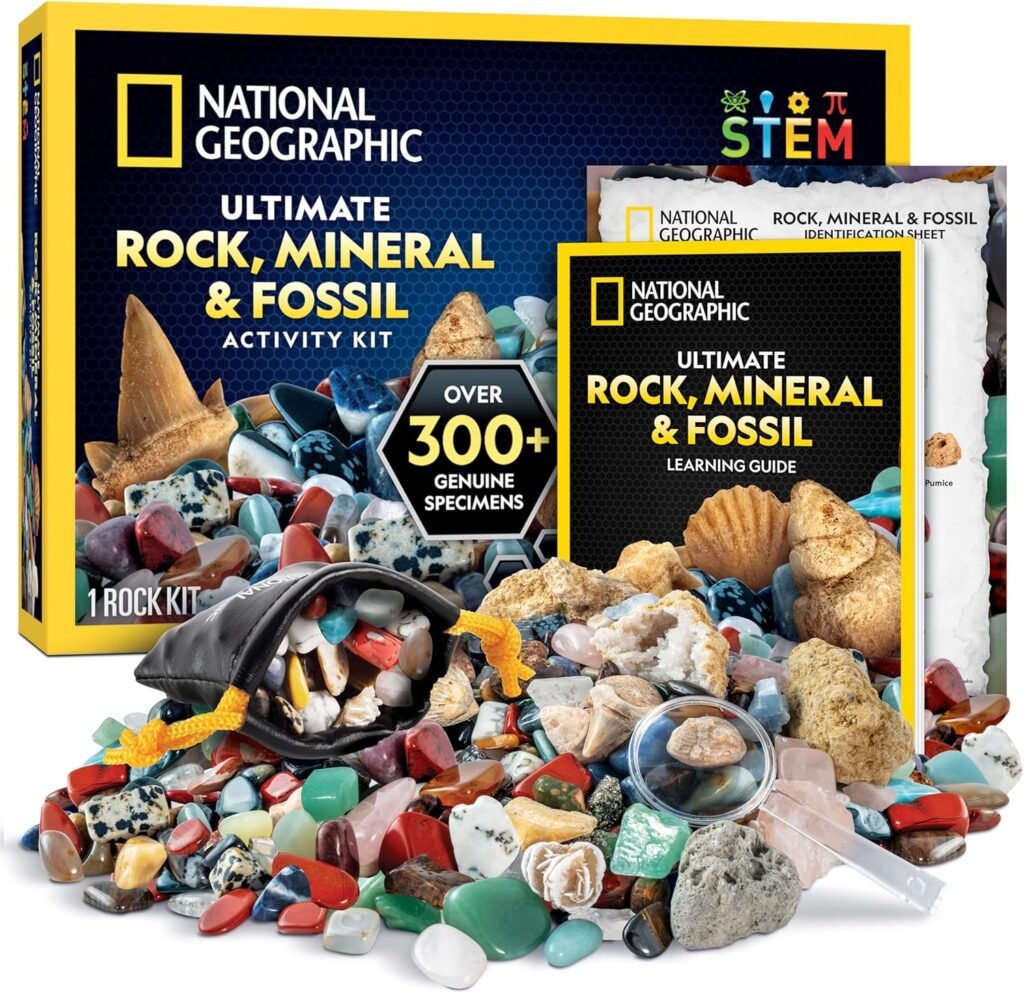
Organizing Public Workshops
Bringing hand hygiene awareness to the community can start with simple, engaging public workshops. These events can be hosted in local community centers, libraries, or schools. Interactive sessions that demonstrate proper handwashing techniques, perhaps using fun tools like glow-in-the-dark lotion to show germs, can make the learning process both educational and memorable. Consider inviting local health professionals to speak about the importance of hand hygiene in everyday life.
Collaborating with Local Organizations
Teaming up with local organizations can amplify the reach and impact of hand hygiene campaigns. Schools, non-profits, and businesses can all play a part. For instance, schools can integrate hand hygiene into their curriculum, while local organizations can provide resources like hand sanitizers and educational materials. Creating a network of partners ensures that the message of hand hygiene is spread across different community segments.
Creating Awareness Through Social Media
In today’s digital age, social media is a powerful tool for spreading awareness. Creating catchy, informative posts about hand hygiene can engage a wide audience. Use platforms like Instagram or TikTok for short videos demonstrating proper handwashing steps or sharing fun facts about germs. Encourage the community to participate by using a unique hashtag, turning hand hygiene into a viral challenge that’s both fun and educational.
Community-driven initiatives are crucial in promoting hand hygiene awareness. By organizing workshops, collaborating with local partners, and leveraging social media, we can foster a culture where hand hygiene is a shared responsibility.
Conclusion
In the end, hand washing isn’t just a routine task—it’s a simple yet powerful way to keep ourselves and those around us healthy. From the CDC’s campaigns to fun activities for kids, there’s a lot we can do to make hand hygiene a part of our daily lives. Whether it’s using the FROG method or singing a catchy tune while scrubbing, these small actions can make a big difference. Remember, it’s not just about washing away dirt; it’s about washing away germs that can cause illness. So, let’s keep those hands clean and make hand washing a habit we don’t skip.
Frequently Asked Questions
Why is washing hands important?
Washing hands is important because it helps remove germs that can make us sick. It’s one of the easiest ways to stop the spread of illnesses like the flu and colds.
How long should I wash my hands?
You should wash your hands for at least 20 seconds. Singing the ‘Happy Birthday’ song twice can help you keep track of the time.
When should I wash my hands?
You should wash your hands before eating, after using the bathroom, after coughing or sneezing, and whenever they look dirty.
What if I don’t have soap and water?
If soap and water aren’t available, you can use hand sanitizer with at least 60% alcohol. But, soap and water are better for removing some kinds of germs.
Can I use cold water to wash my hands?
Yes, cold water is okay to use. The important thing is to use soap and scrub all parts of your hands thoroughly.
Do I need to dry my hands after washing?
Yes, drying your hands is important because germs spread more easily on wet hands. Use a clean towel or air dry them.
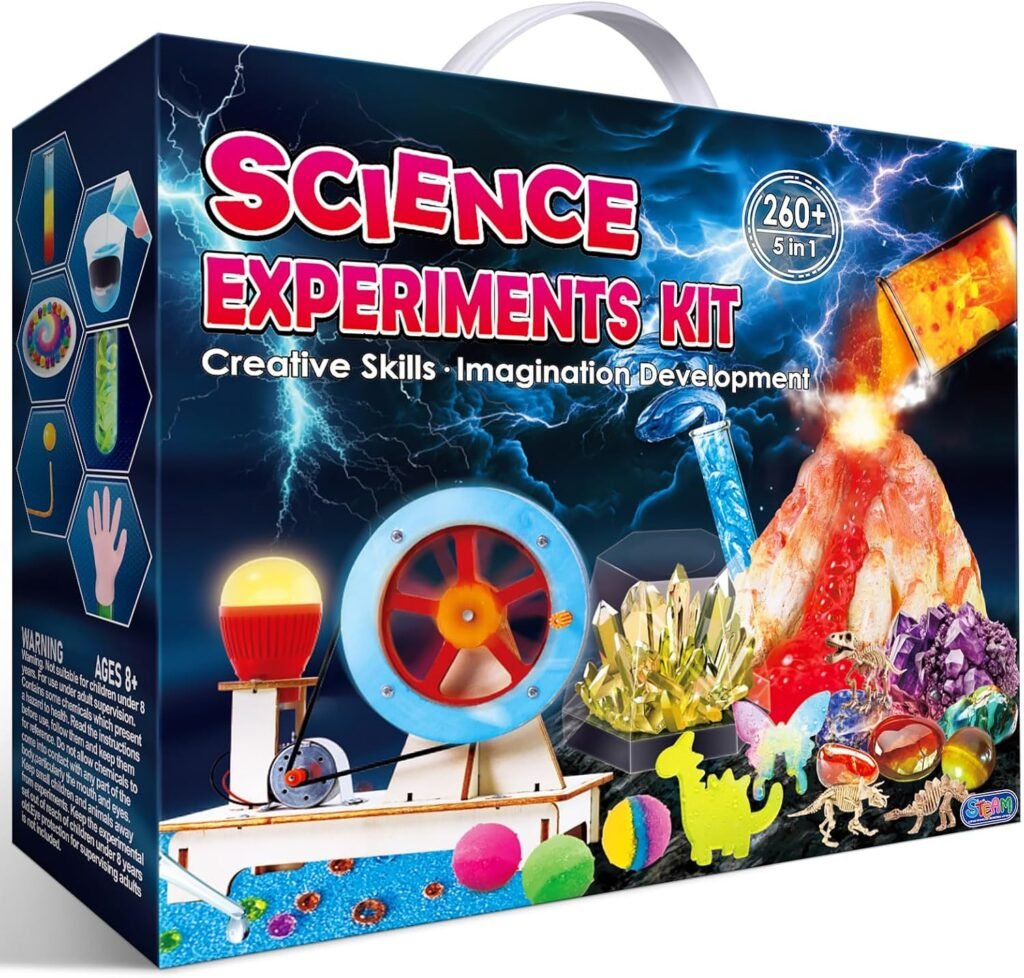

Ms. Kerri’s Corner provides a exciting virtual space for preschool learning. Through a variety of engaging activities, she exposes young minds to early math, literacy, science and social-emotional skills in a developmentally appropriate way. Centers for blocks, art, books and music allow children to explore hands-on learning at their own pace. Guided lessons subtly introduce number sense, letter sounds and narrative thinking. Careful observation gives insight into each child’s progress across domains. Viewers are also invited to participate, reinforcing that their ideas are valued. By making learning fun yet purposeful, Ms. Kerri lays the groundwork for future academic success while fostering creativity and imagination. Her program offers preschoolers valuable screen-based learning experiences.

